
Raspberries (Rubus spp.) are sun-loving, thorny, rambling plants in the Rose family. It’s absolutely worth a few prickles for the heavenly taste of the sweet, delicate berries, straight off the cane.
These bramble fruits are easy enough to grow. Perennial in zones 3 to 9, plant them once and enjoy a multi-year harvest.
Here’s everything you need to know about starting a raspberry patch and how to prune it for the highest yields.
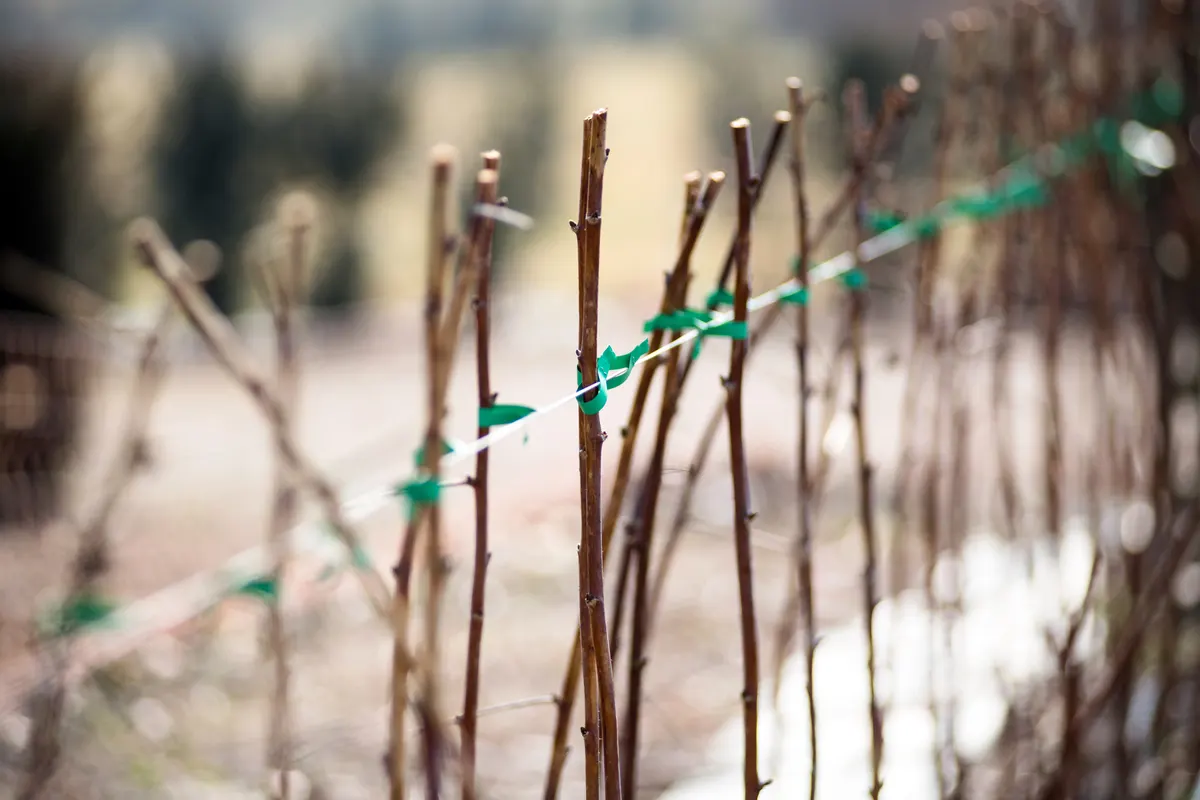
Beyond basic raspberry shrub care, there are a few more tricks gardeners can use to ensure the raspberry haul is bountiful year after year. Namely, companion planting – the passive way to enrich the soil, attract pollinators, repel pests, and improve the flavor of the foods you grow.
6 Best Companion Plants for Raspberries
Give raspberries lots of sunlight, enough room to sprawl, well-draining soil, good air circulation, a slightly acidic pH, and plenty of nutrients, and they shouldn’t give you too much trouble.
But at some point during decade or more of caring for your raspberry brambles, you might come across aphids, cane maggots, caterpillars, crown borers, Japanese beetles, leafhoppers, sawflies, weevils, spider mites, or slugs and snails munching on your plants.
Diseases like verticillium wilt, cane blight, root rot, rust, powdery mildew, anthracnose, and crown gall can crop up out of nowhere, resulting in decaying or disfigured raspberry canes.
Healthier plants are much better equipped to resist these attacks. Aside from growing raspberries in the best possible conditions, you can bolster their defenses by growing these plant buddies nearby:
1. Alliums
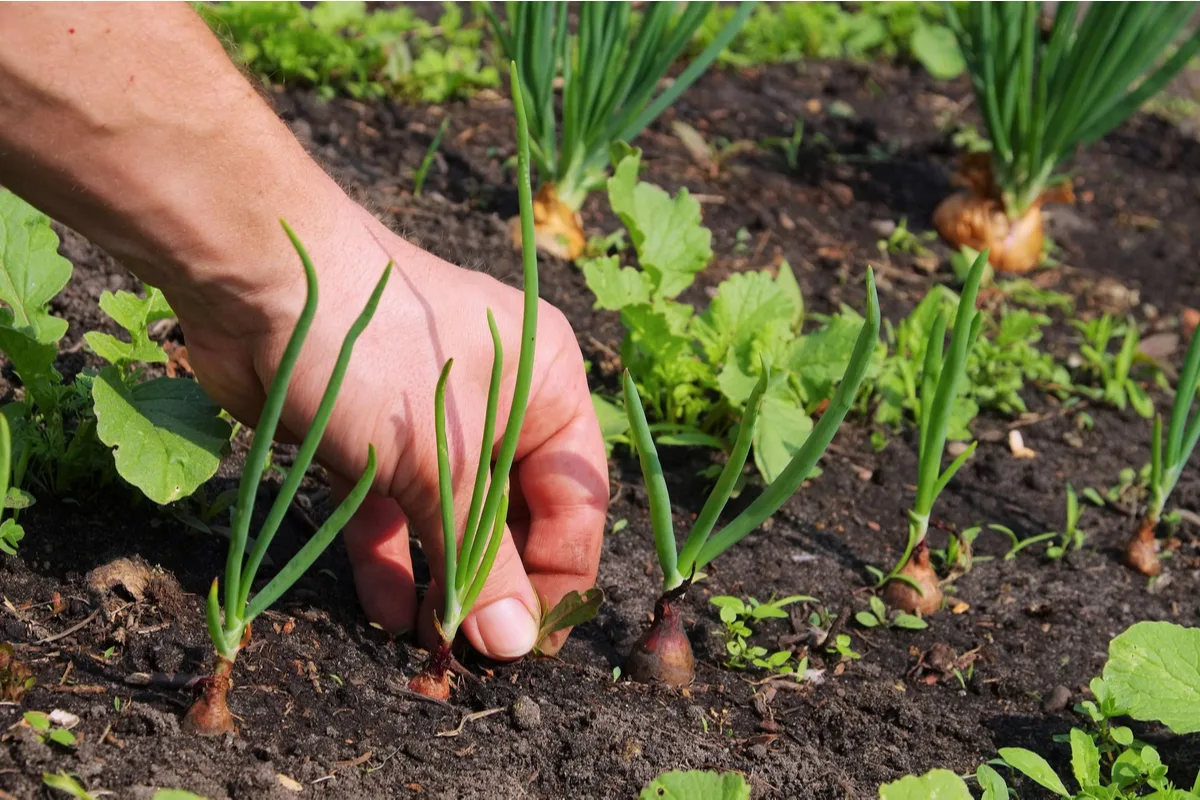
Members of the Allium family – including garlic, chives, leeks, and onions – share a certain pungent aroma that disorients pests and gets them looking elsewhere for sustenance.
Working as a broad-spectrum insect repellent, planting Alliums near your raspberry canes will repel aphids, spider mites, fruit borers, Japanese beetles, and slugs.
As an added bonus, these tasty plants also contain sulfur which has naturally anti-fungal properties that protects both plants and soil from disease.
2. Nasturtiums
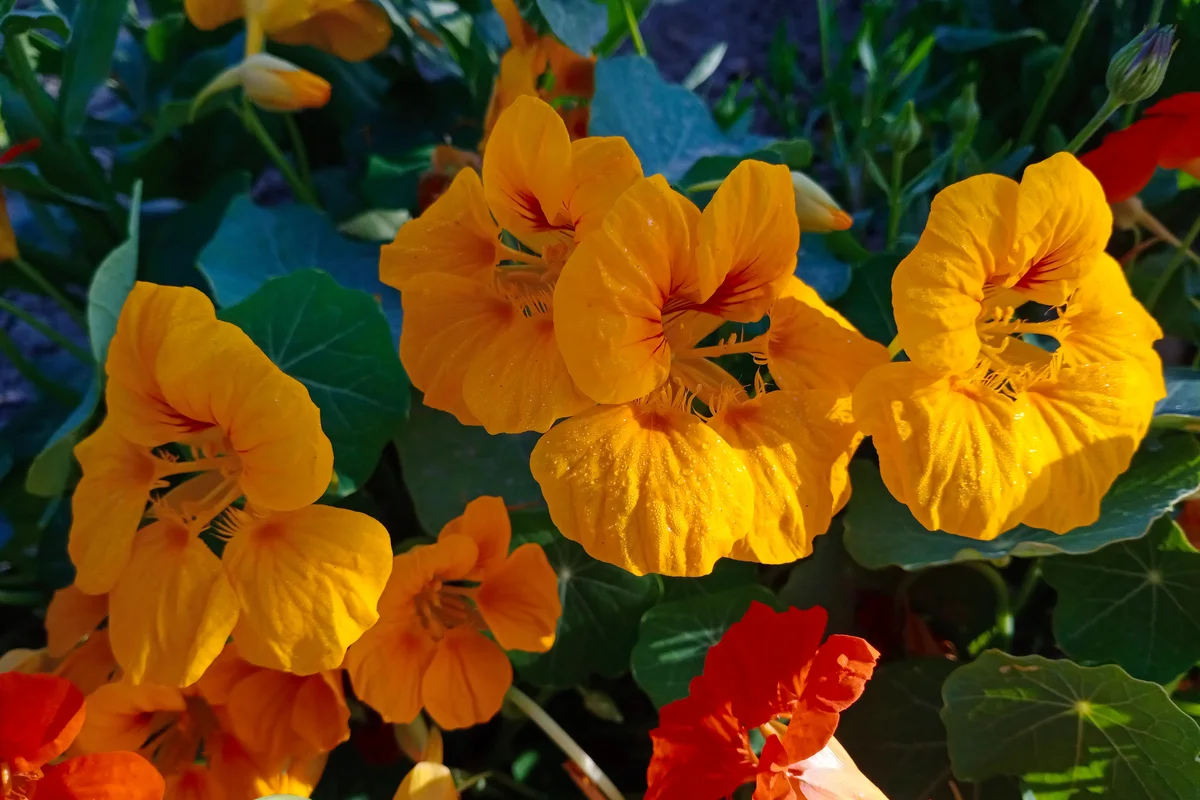
Nasturtiums (Trapaeolum spp.) are one of those indispensable companions that do several helpful things in the garden.
A pretty plant with bright orange flowers and rounded leaves, nasturtiums are attractive additions and entirely edible too. The blooms and foliage add a peppery flavor to fresh salads and stir fries.
Nasturtium flowers are oozing with nectar so they are a favorite food of pollinators as well. More bees, butterflies, hover flies, and lacewings mean better fruit set on your raspberries and other food crops.
As a trap crop for aphids, weevils, and beetles, nasturtiums will lure these pests away from your most prized plants.
And in the meanwhile, predatory insects will hone in on your infested nasturtiums – lady beetles, lacewings, and hover flies produce larvae that will feast heartily on all sorts of soft-bodied insects.
3. Rue
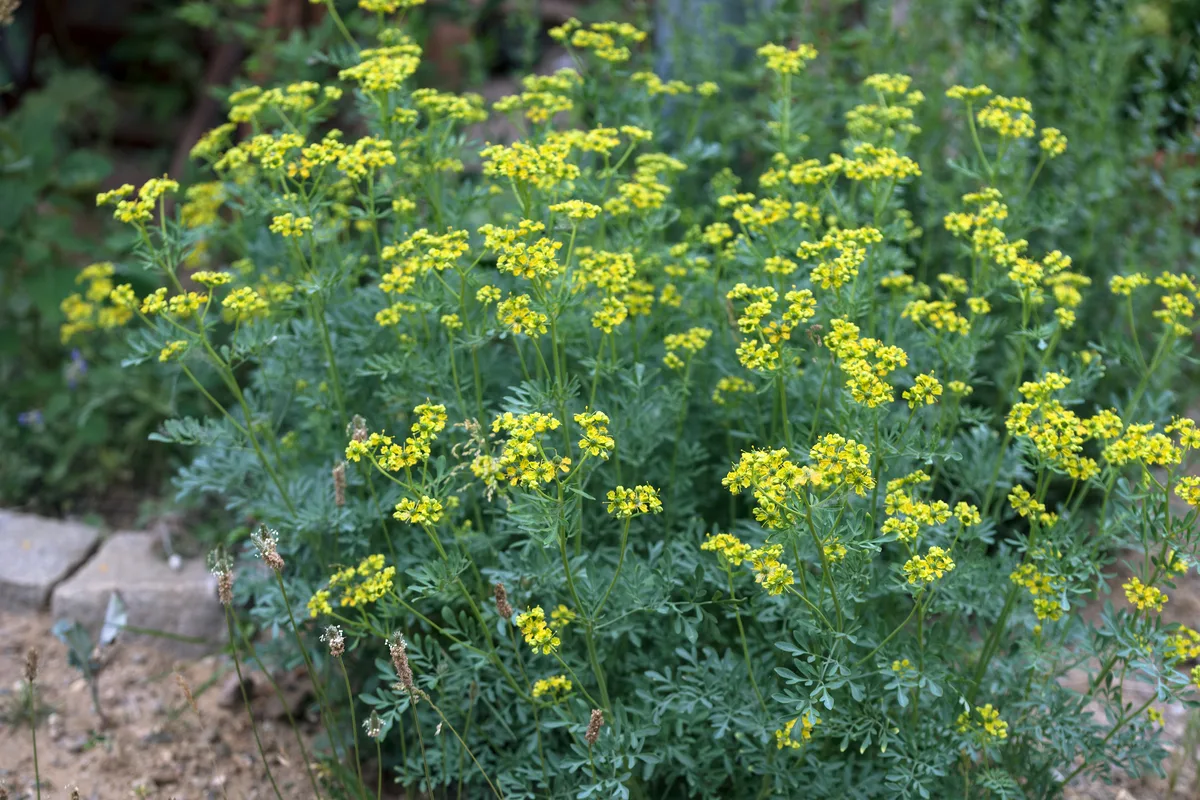
Common rue (Ruta graveolens) is an old-timey herb that’s fallen out of fashion in the modern garden but there’s still good reason to set aside some room for this shrubby perennial.
Growing 2 to 3 feet tall, rue is certainly attractive with bluish-green fern-like foliage. It blooms copiously with small yellow to greenish flowers, and does so continuously from June to September.
Rue’s flowers are always a hit with the pollinator community, and its strongly-scented leaves do double time as a general insect repellent.
Raspberries and rue get along swimmingly. Plant rue near your fruiting canes to ward off Japanese beetles, aphids, slugs, snails, and other pests of the rose family.
4. Thyme
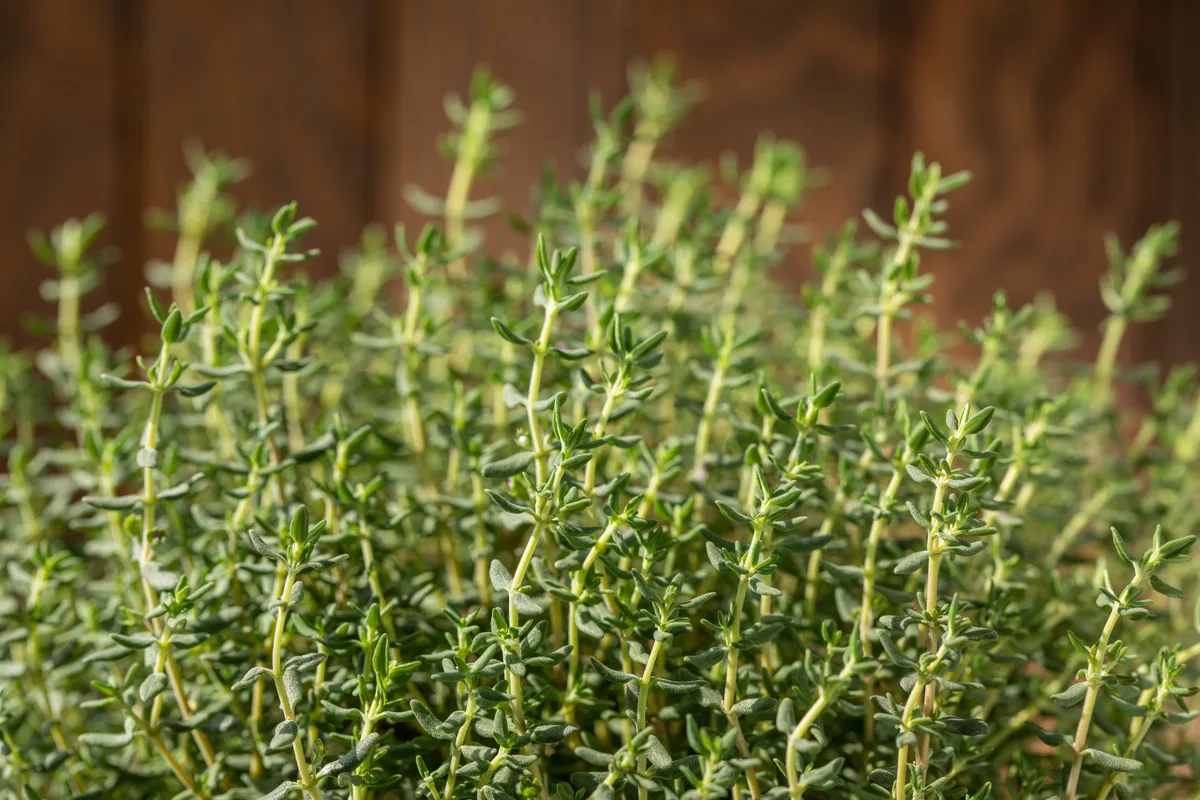
Common thyme (Thymus vulgaris) is an evergreen, perennial, woody herb with a supremely delicious fragrance.
As wonderful in the garden as it is in the kitchen, thyme is an all-round fabulous friend to have in the fruit and vegetable patch. The summery aroma it exudes through its leaves – a mix of peppery, sweet, and earthy –helps ward off and confuse scads of destructive insects.
For raspberries especially, thyme adds a layer of protection against attacks by aphids, weevils, and whiteflies. It’s believed that growing thyme near the brambles improves the flavor and scent of raspberries, too.
5. Marigold
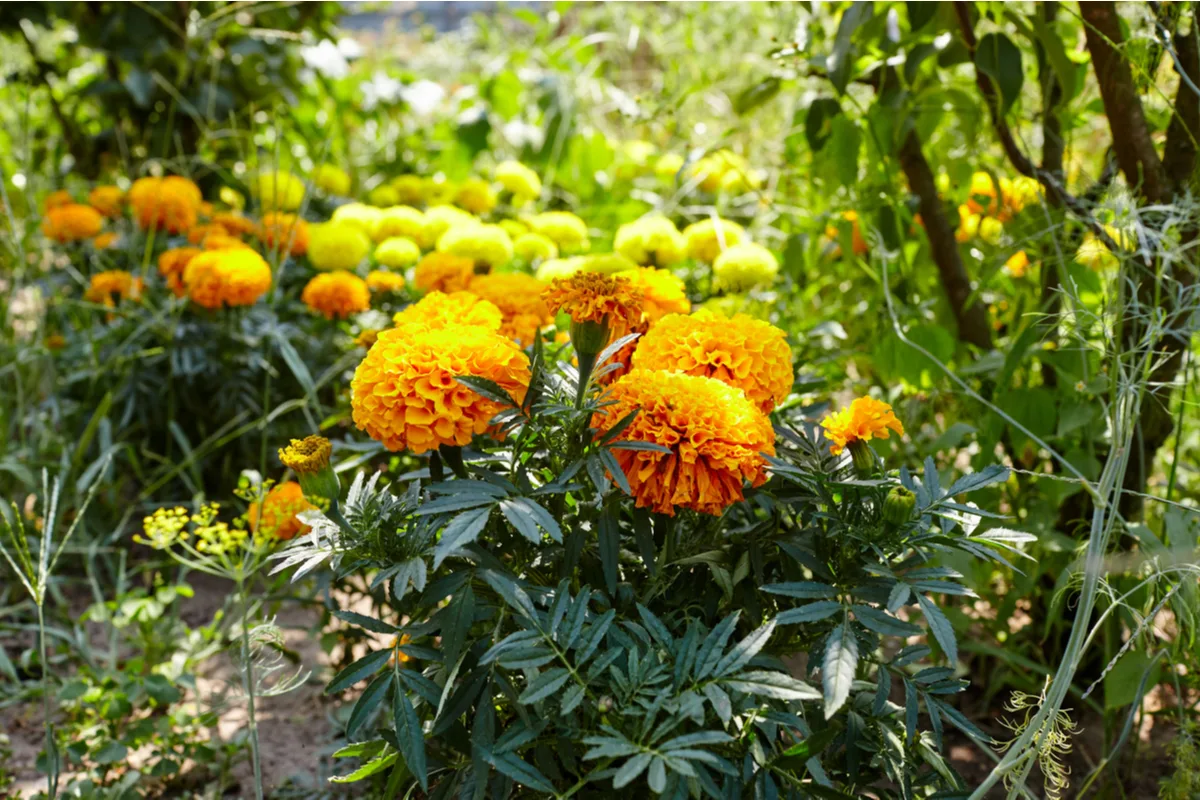
French marigold (Tagetes patula) is a compact yet bushy annual that blooms in various shades of red, orange, and yellow. When promptly deadheaded, marigolds will stay in flower all season long.
Adding a welcome pop of color to the vegetable plot, marigold is a fantastic edging plant that attracts pollinators along with lacewings, lady bugs, hover flies, wasps, and other predacious and beneficial insects.
The flowers, leaves, and roots of French marigold emit a very strong aroma – what is best described as a blend of bitter, earthy, and spicy.
Whether you find the smell of marigolds pleasing or not, bear in mind that the stinkier your marigolds are, the better they will be at repelling pests.
Though marigolds are great general companions to have around the veggie garden, they are especially helpful for keeping raspberries safe and healthy.
Planting marigolds nearby can help keep the soil clear of ringspot virus, a disease spread by nematodes. Marigolds also provide a major assist by acting as a trap crop for slugs and snails, which can utterly decimate raspberry foliage during the night.
6. Legumes
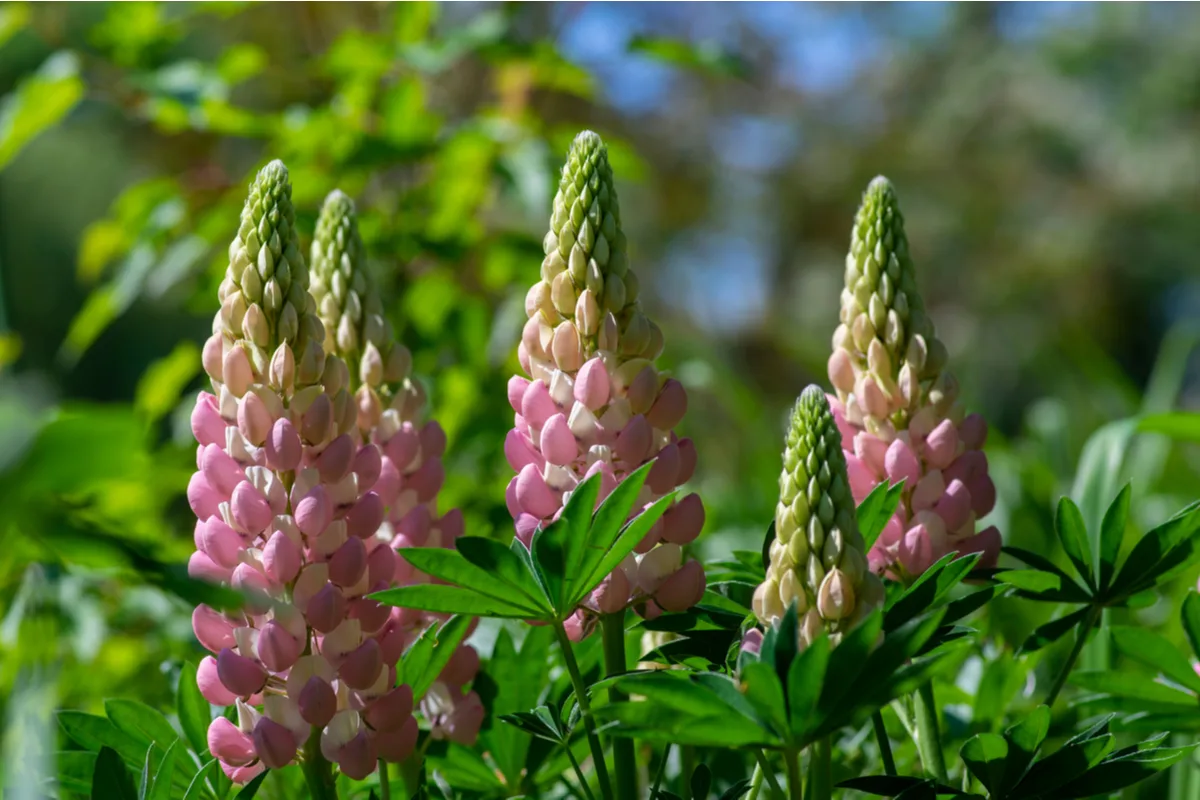
Raspberries will be happiest and most productive when planted in a sunny site in organically-rich, well-drained soil.
The most important nutrient for raspberries is nitrogen, which promotes new growth as well as longer and stronger canes. The hardiest canes will have the most potential to provide baskets and baskets of yummy drupelets in summer or fall.
The clever way to ramp up the growth of raspberries without committing to a rigorous fertilization schedule is to simply plant legumes.
Most plants in the Fabaceae family – including beans, peas, alfalfa, clover, and lupine – are nitrogen fixers that enrich the soil as they grow.
If your soil is particularly sandy, legumes will help provide a continuous supply of nitrogen that won’t get washed away every time it rains.
There are a few different ways to incorporate nitrogen-fixing legumes into your raspberry patch. One option is to trellis climbing beans or peas next to the raspberry rows. This method allows the nitrogen-fixers to do their work without competing with the raspberries for light and space – and you’ll get some tasty grub to boot.
Another way is to sow low-growers like clover between rows. Alfalfa can be planted similarly, but you’ll need to cut it back every so often so things don’t get too crowded. Chopping legumes down and scattering the greens over the soil will also keep the nitrogen levels up.
3 Plants to Keep Away from Raspberries
Raspberries get on well with most plants, but interplanting with these types of crops will have the opposite effect – an extended invitation for pests and diseases to run rampant through the patch.
1. Nightshades
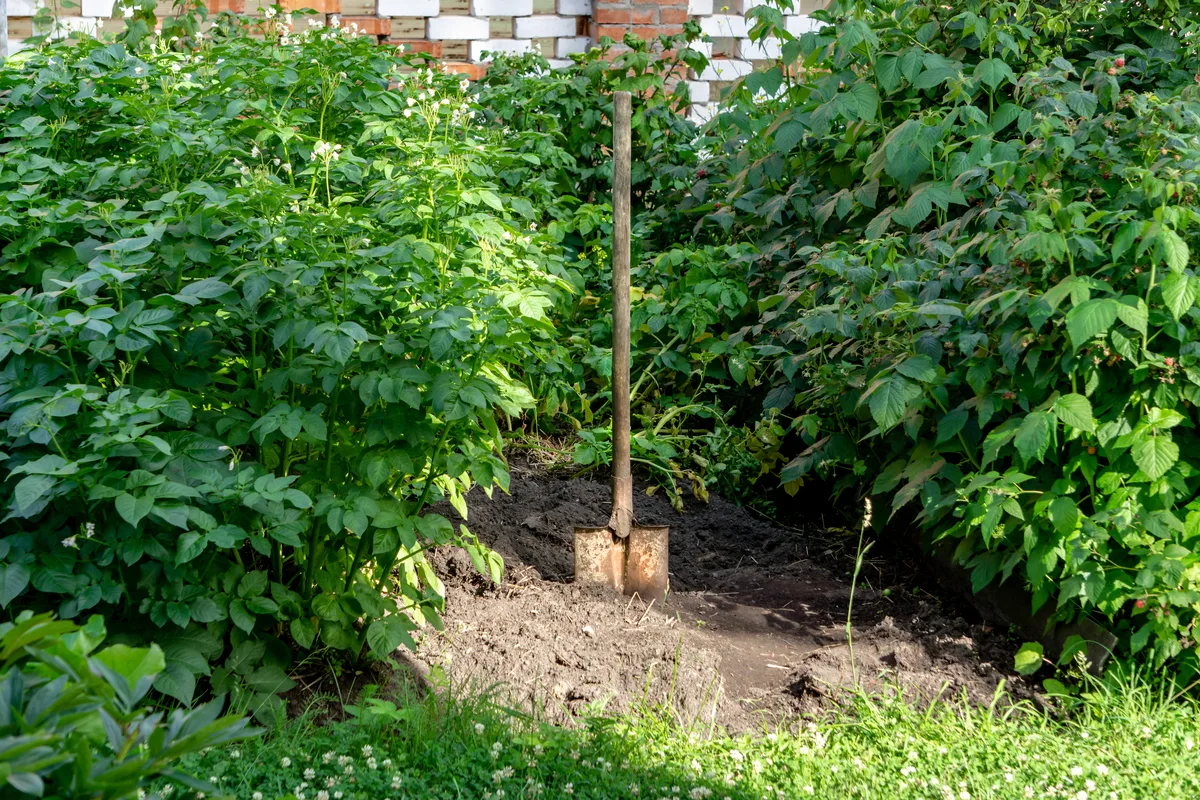
Potatoes, tomatoes, peppers, eggplant, and other members of the Solanaceae family should be kept far and away from your raspberry brambles.
Verticillium wilt, a fungal disease that can attack hundreds of plant species, is commonly found in soils where nightshades were previously grown. Raspberry plants infected with verticillium wilt will exhibit dull green leaves that eventually dry up and drop, starting from the bottom of the cane and working its way up.
Fungicides aren’t effective for controlling verticillium wilt and resistant cultivars are non-existent.
This disease is most severe on black and purple raspberries, which will need to be dug up and destroyed at the first sign of infection. Red raspberries fare a bit better and affected canes can be cut out as they appear.
Because verticillium wilt can overwinter in the soil from one year to the next, it’s recommended to wait 3 to 4 years before planting raspberries in plots once used to grow nightshades.
You can help speed up remediation of the soil (and starve the beast) by planting crops that are resistant or immune to verticillium wilt. Asparagus, broccoli, carrot, and lettuce are good candidates for this.
2. Strawberries
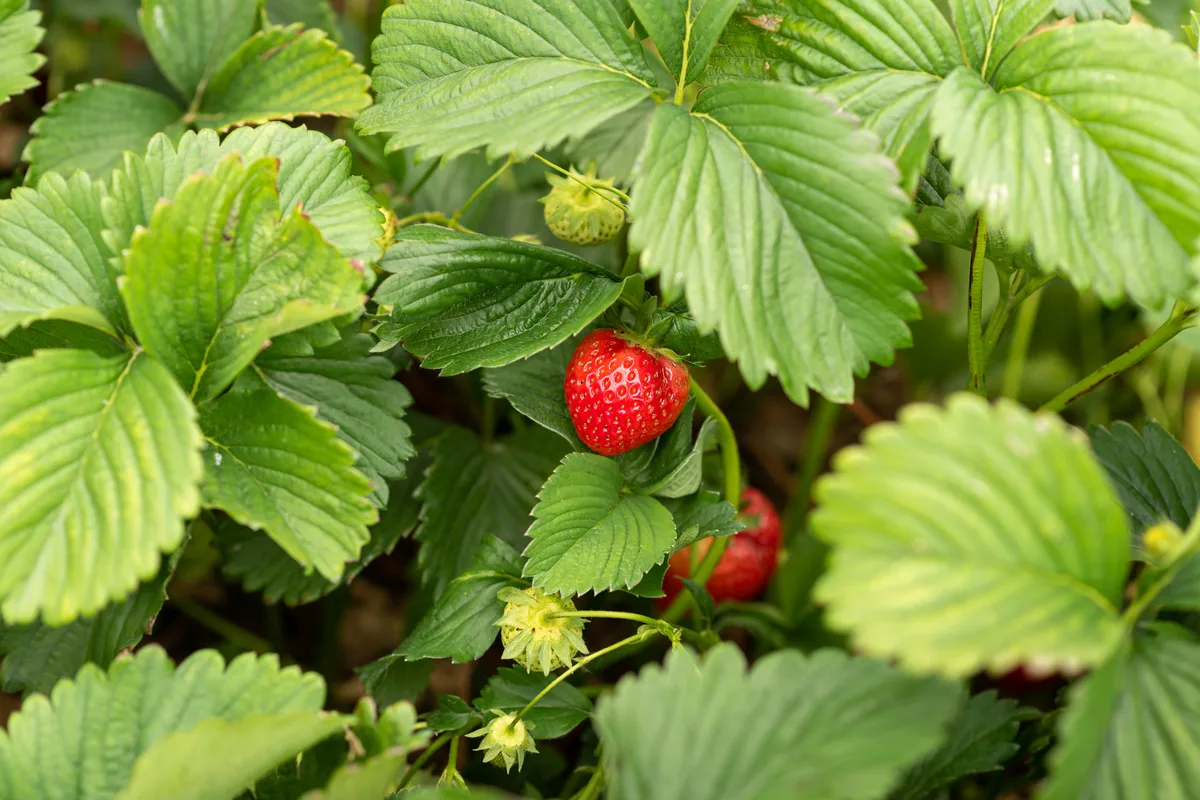
Some gardeners have reported great success underplanting strawberries among their raspberry canes. The idea is that the ground-hugging strawberries act as a living mulch that will keep the bramble bed moist and free of weeds.
This can be a risky gambit, however, since strawberries and raspberries share several of the same foes. Both are susceptible to diseases and pests like verticillium wilt, anthracnose, powdery mildew, slugs, aphids, Japanese beetles, weevils, and spider mites.
You can save yourself a lot of heartache by playing it safe and keeping these two in separate beds.
3. Other Bramble Fruits
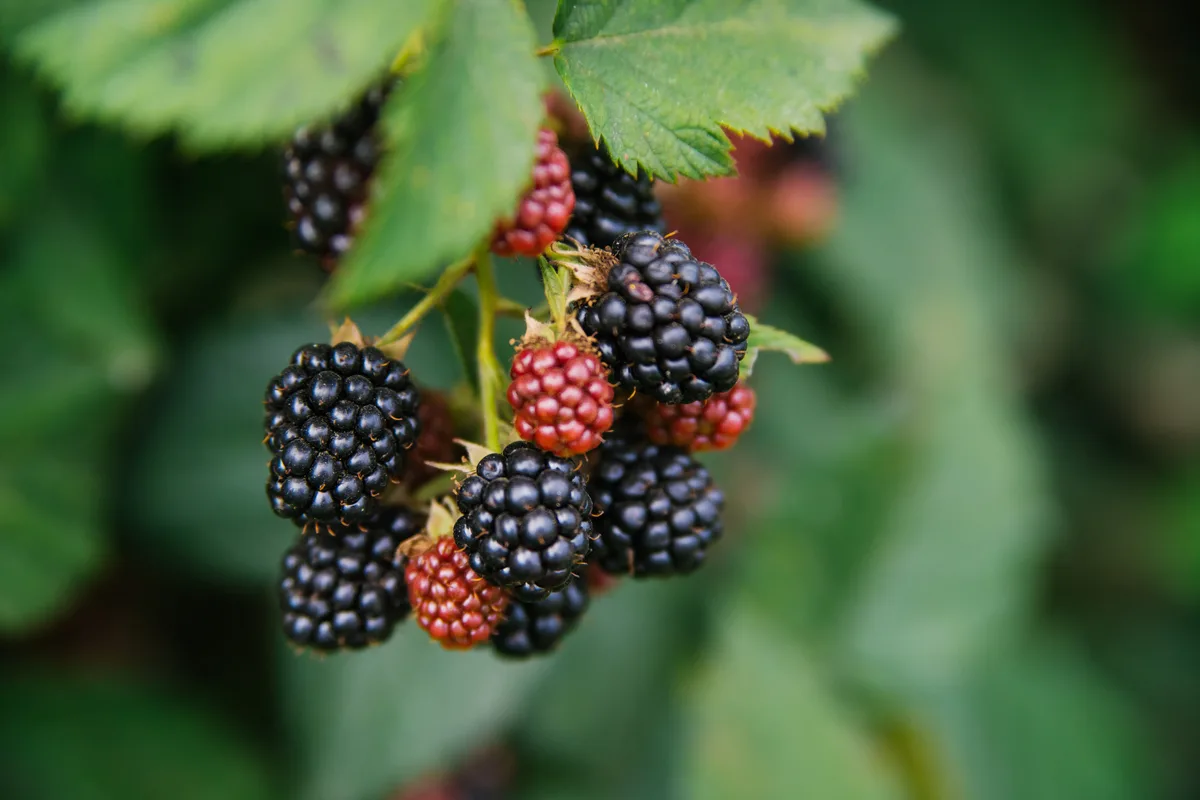
Since they enjoy similar growing conditions, it might make perfect sense to grow blackberries, dewberries, loganberries, boysenberries, and other Rubus species in the same general area as your raspberries.
But the worry with growing Rubus fruits together is that diseases and pests particular to the genus will easily spread between them.
Root rot, anthracnose, mosaic virus, orange rust, blights, cane borers, and weevils are some of the more common problems to arise in raspberries and its siblings. A destructive pest or disease on one plant will vastly increase the likelihood of it infecting all your bramble fruits.

Get the famous Rural Sprout newsletter delivered to your inbox.
Including Sunday musings from our editor, Tracey, as well as “What’s Up Wednesday” our roundup of what’s in season and new article updates and alerts.

